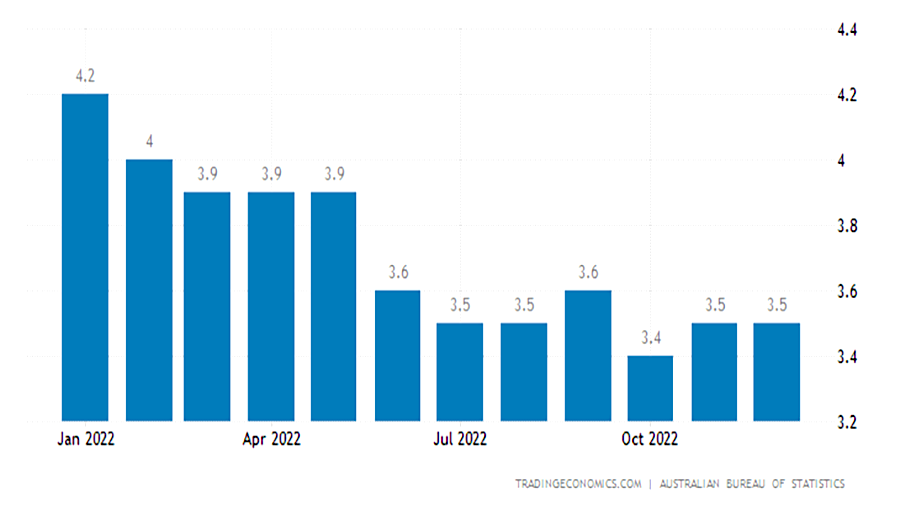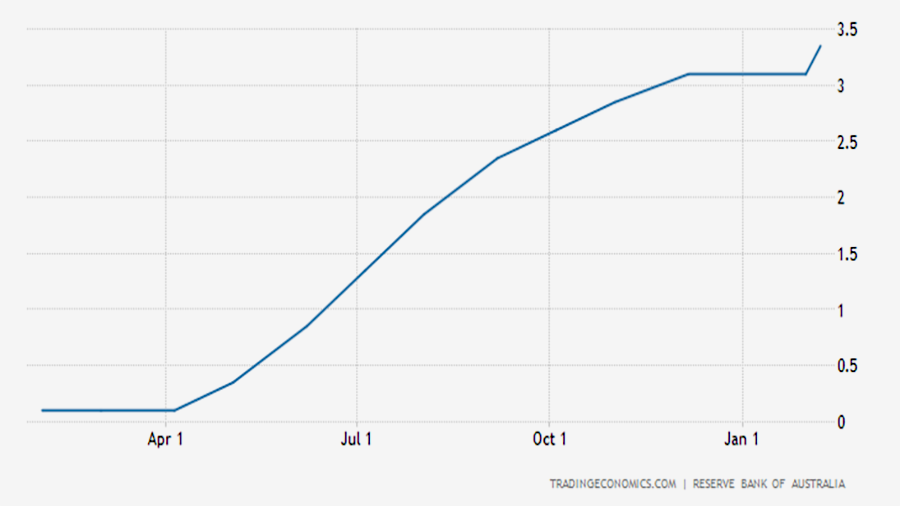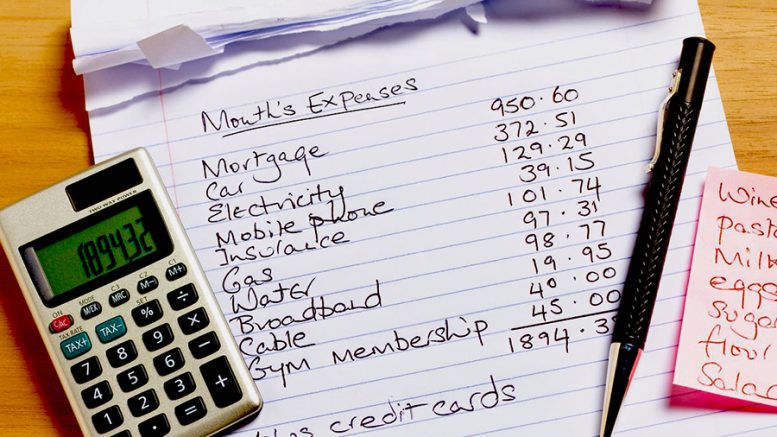Contributed by Joe Montero
Forget what some so-called expert economists who are saying. That the cost of living and interest rates are going up because of over-employment and an economy that is too active. It comes from obsession with economic theory that does not match with the real world. Their commitment to neoliberalism remains as staunch as ever.
Their argument is that because more Australians now have a job and present the official rate of 3.5 percent unemployment, there is no real unemployment problem. The few currently out of work are regarded to be in transition between jobs or just don’t want to work.
This leads to the graph below that makes it look like the situation is far better than it is.

Left out of this is that the near half of the workforce thrown into casualised, insecure, and part-time work. They don’t see that this amounts to a high level of hidden unemployment, which calls out he lie in their manufactured reality.
According to the Australian Bureau of Statistics (ABS) 13.6 million Australians are in full time work. This is anyone who has worked at least 1 hour in the survey week. Transparency over the underemployment rate has gone out the window. But the ABS suggests this is around 1.5 million, and this is no longer based on the labour market participation rate. Underemployment is defined as those in full time jobs working fewer hours and those who have declared that they would like more hours. It does not consider precarious work, and therefore underestimates the real rate of underemployment by a long way.
Use of this inadequate measure is driven by ideology and politics.
Our so-called experts are really saying that Australia needs more people to be out of work to put the economy on a better footing, insisting that this will be good for interest rates and eventually drive wages upwards. Why? Because it will undo the excessive demand that is pushing up the cost of living. And yes, they say government is spending too much and must cut back.
This is all rubbish of course. Anyone seeing the number of recently closed shops will see that they did not shut their doors because their customers were buying too much. Most families have at least one member unemployed or under-employed. Households have cut back on discretionary spending to get the essentials. The consumer price index shows this trend.
Interest rates have gone up again, as they have continually for the last 10 months, and they are expected to rise more steeply in the near future. Our blinded economists use the excess demand argument to explain this too. The ongoing rise is shown below in the Reserve Bank’s own graph.

But what is really going on here?
Interest rates are ultimately driven by the demand for money relative to what can be purchased. That set by the Reserve Bank is an artificial adjustment. One which has an effect in the short run. But the real interest rate will eventually assert itself because of what is going on in the economy.
We can’t understand what is going on today without considering what is really driving up the demand for money. Most of all, this is the unsustainable rise of credit. Australia is accumulating vast private debt. at is driving this? A financial system addicted and increasingly dependent on the creation of this debt.
The raising of debt does not serve investment in the productive economy. It is geared to acquire financial assets and property Especially with the former, this is about changing ownership without creating enough new business. Consequently, there is a relative excessive of demand for money. The growing dependency of households going into debt adds the problem.
Insufficient growth of the real economy, the drive businesses to profit from paying less for labour through the destruction of proper permanent and full-time jobs. These are the main causes the lag in wage rises and a greater share of national income going upwards to the wealthiest.
All point to a financial system on steroids and out of control.
Government continues to take the advice of the blind economists as gospel that can’t be challenged, and the Reserve Bank follows, by bumping up its interest rate to put more out of work and slow the economy, swallowing, hook, line, and sinker, the fiction that the too much full employment and an overactive economy.
It’s high time this fantasy was tossed aside, and Australia began to move towards an alternative, involving proper management of the financial system, the creation of real jobs, and growing the real economy on a sustainable foundation.


Be the first to comment on "Are too many jobs and too much spending by consumers lifting the cost of living and interest rate?"